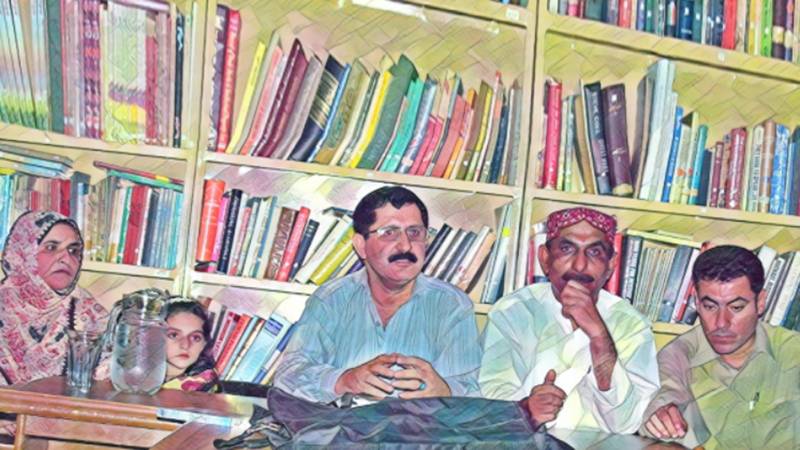The residents of district Malir, in Karachi, have been protesting the demolition of the Sayad Hashmi Reference Library for the construction of the Malir Expressway. This issue directly pertains to the laws and policies related to preserving and protecting cultural heritage. International cultural heritage law is very important in today’s polarised age, where inclusivity and diversity are recognised but not always accepted.
This body of law distinguishes between ‘cultural property’ and ‘cultural heritage,’ the latter of which deals with the identities of groups and communities. These identities can be tangible, like monuments and paintings, or intangible, like languages, religious beliefs, or fashion. The death of this cultural heritage would amount to a great loss.

In particular, the Baloch roots of Karachi could end up disappearing forever The term ‘cultural property’ first appeared in the 1954 Hague Convention for the Protection of Cultural Property in the Event of Armed Conflict. Subsequently, it was used by the 1970 UN Educational, Scientific and Cultural Organisation (UNESCO) Convention on the Means of Prohibiting and Preventing the Illicit Import, Export, and Transfer of Ownership of Cultural Property, also known as the 1970 UNESCO Convention. The Second Protocol to the Hague Convention of 1954 applies to both international and non-international armed conflicts and adopts a similar approach.
Following this, the 1995 UNIDROIT Convention on Stolen or Illegal.
















